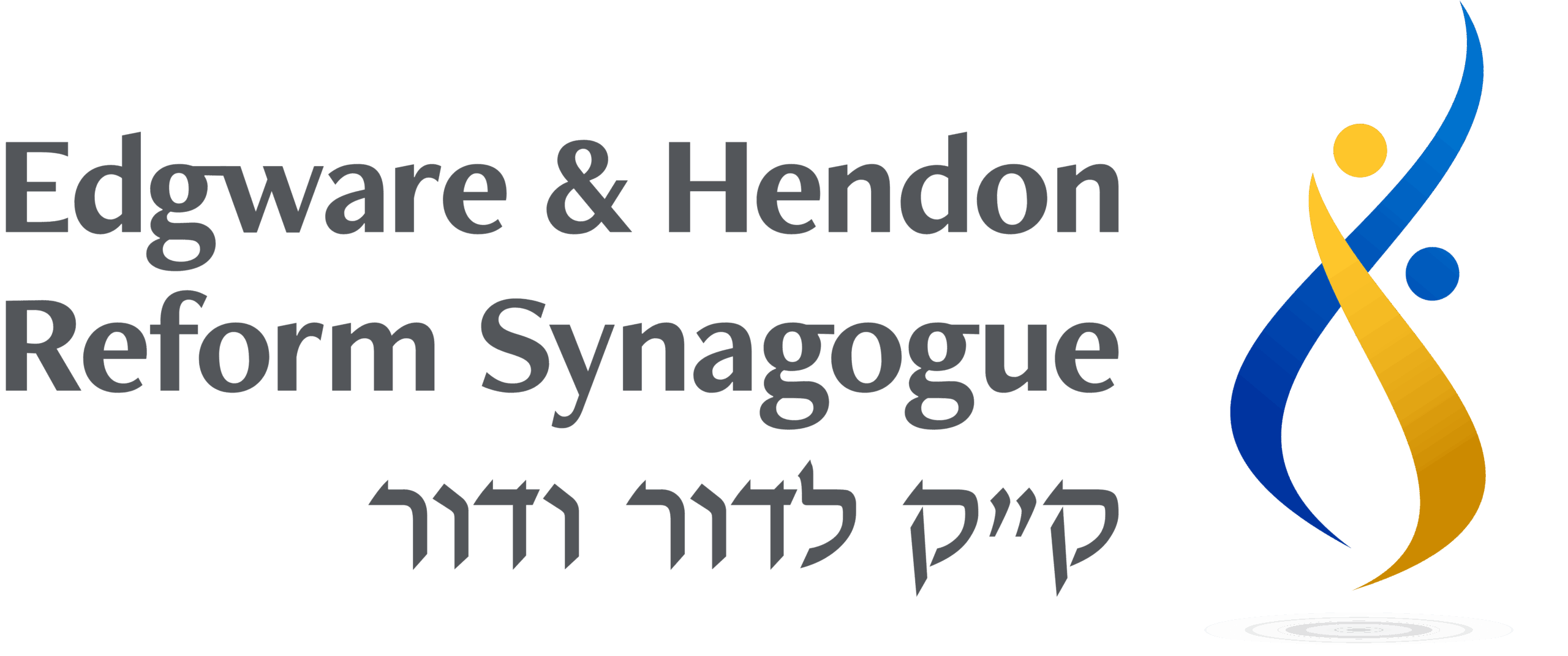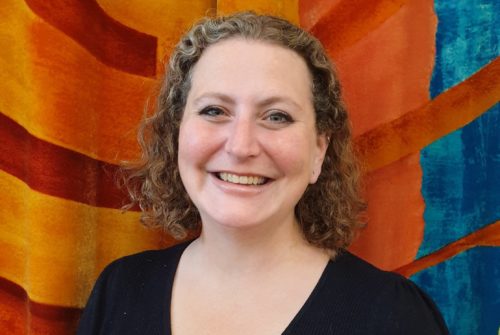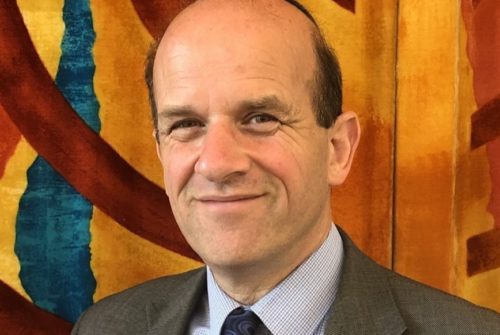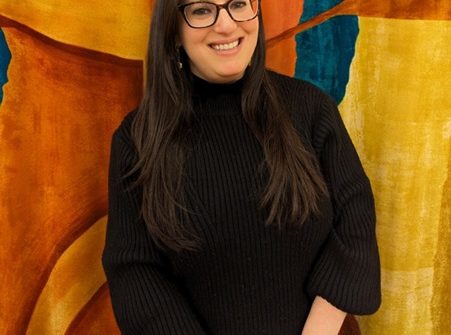Harry, Kate and Alex, we are at a time in the year where we really need something to celebrate, especially this year. So thank you for giving us so much to celebrate! We are in a period known as the Omer – where we walk from the freedom of Pesach to the responsibility of receiving Torah at Shavuot, responsibilities like the ones Harry so beautifully delineated this morning! Although in Torah the Omer was associated with the gathering in of our Barley harvest (an Omer is literally a sheaf) the Omer has also come to be associated with a period of mourning, in remembrance of a plague that killed 24,000 of Rabbi Akiva’s students between Pesach and Shavuot.
But that wasn’t the end of our additions to the Omer. In 1951 the Knesset, the Israeli parliament, proposed a National day of mourning for the Shoah, but it took until 1958 for it to be established, and we marked it at the start of this week. In 1963, Yom HaZikaron, a day to remember those who have died in the defence of Israel and victims of terrorism, was established. This comes the day before Yom Ha’atzmaut, a day which celebrates the establishment of the modern state of Israel. This year it will feel particularly poignant, painful, and perhaps even fragile. So this shabbat we are in the liminal space between two days of deep grief.
But Judaism has spent thousands of years developing and thinking about how we deal with grief. Some of it begins in the Torah, and as Harry leyned so well today, in Kedoshim it says that we shouldn’t talk to the spirits of the dead, and for me this underpins our mourning rituals. We are given various periods to walk through grief, shiva, 7 days, shloshim, 30 days and in some cases, dependent on our relationship, a year to publicly share and process our grief. Beyond these we have annual moments to check in again with that pain, at major festivals and on anniversaries, when those who have been mourners once again turn to the words of the Kaddish. In giving us these outlets, the hope is that we will have time and space to process our loss, and then be able to continue living this life well. If we are bound up in endlessly trying to reach out to the other side, we can’t be as present as we should be in the here and now.
The kaddish is a touchstone of Jewish mourning but it wasn’t originally a prayer for mourners. It was a part of the Temple rituals which ended 2000 years ago. It is said in Aramaic, which was the daily spoken language in the times of the Temple, and it says nothing about death or grief. It just praises God, perhaps the hardest thing to do at times like these. How can we say these words of praise when we are most in pain?
Over Pesach I started reading an amazing book which grapples with the same question. It is called ‘The Amen Effect’, and it is written by Rabbi Sharon Brous who founded an intentional community in California 20 years ago. She calls the book The Amen Effect because of the call and response nature of the Kaddish. The kaddish is structured so that, traditionally, the mourners say the bulk of the prayer, and the congregation responds. As Rabbi Brous writes: “It doesn’t matter if the mourner catches the subtle biblical references or the linguistic nuances. It doesn’t even matter if the mourner believes in God. What matters is that a broken hearted person stands up in a prayer service and reveals their grief, out loud and in public, and the community responds with love and presence” [p.17]. The Amen effect means showing up. Being there for each other in community. Not only coming when you have need, but showing up for everyone’s sake.
I grew up in a Reform community where we had slightly transformed the use of the kaddish. Rabbi Hugo Gryn, who had survived Auschwitz, had suggested in his rabbinate that in a world post-Shoah, we all needed to say kaddish together, because there was always someone that didn’t have kaddish being said for them. It was a regular reminder of the horrors we commemorated last Monday on Yom HaShoah. The first time I began to wrestle with this custom was when I was a student Rabbi, and in the year of mourning for my late dad. 6 months after he died I was spending the summer studying in Jerusalem, and I attended a ‘partnership minyan’ – an orthodox community where women are able to take certain specific leadership roles in the service. When it came to the mourners kaddish I stood and began reciting the words I had been saying every day in a variety of settings. Except suddenly the people standing around me were turning towards me. They were enacting the Amen effect, and showing up to surround me, a complete stranger, with their compassion. They saw and acknowledged my pain, and it utterly changed my understanding of the kaddish in an instant.
Rabbi Brous had a grandmother who said ‘You have to show up for the Simchahs’. Lots of you here today have shown up for a simchah, maybe Harry’s Bar Mitzvah, or Alex and Kate’s aufruf. Some of you will be here today because you have come to say kaddish for a loved one you are still missing. Whether it is a simchah or a sadder occasion, we are here together, showing up for one another. It takes commitment to be a part of community, and to show up when others have need. Thank you to all of you who show up, who have instinctively understood the power of the Amen effect, and who are creating a future for a community, despite the horrors of the past that we honour this week.
Please keep showing up, you never know who it is making a difference to, and it may even make a difference for you.
Shabbat shalom



